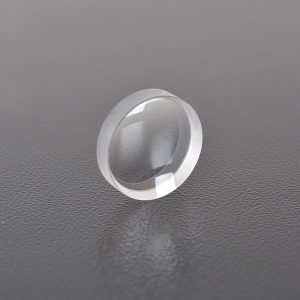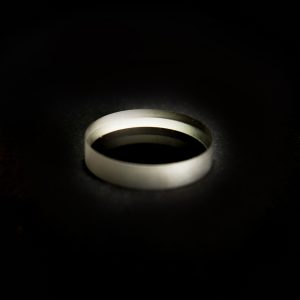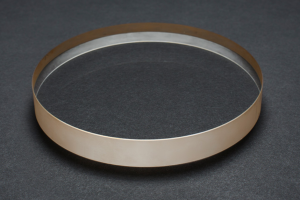
Porro Prism: A Wonderful Tool in the Optical World
Ignazio Porro’s prism system corrects the inverted image to an upright one through two total internal reflections, allowing telescopes to achieve high-magnification fields in a compact structure and microscopes to accurately present the original appearance of samples, laying the foundation for the practical application of modern optical equipment.
Porro Prism is a prism system widely used in optical instruments, especially in binoculars, microscopes, cameras and other equipment. Its design can not only change the propagation direction of light, but also flip and correct the image, so that the observer can see an upright image. This article will explore in depth the working principle, historical background and application of Porro Prism in modern optics.
1. Historical Background of Porro Prism
The name of Porro Prism comes from Ignazio Porro, an Italian optical engineer who invented this prism system in the mid-19th century. The design of Porro Prism was originally to solve the problem of image inversion in telescopes. By using two right-angle prisms, the Porro prism can flip the inverted image back to an upright image, greatly improving the practicality of the telescope.
2. Working principle of Porro prism
The Porro prism consists of two right-angle prisms, usually arranged perpendicular to each other at an angle of 90 degrees. After the light enters the first prism, it undergoes two total internal reflections and finally emerges from the second prism. This design not only changes the propagation direction of the light, but also realizes the left-right and up-down flipping of the image, thereby correcting the inversion problem of the image.
Specifically, when the light enters the first prism, it undergoes the first total internal reflection on the inclined surface of the prism, then enters the second prism, undergoes total internal reflection again, and finally emerges from the second prism. Through this double reflection, the light not only changes direction, but also realizes the flipping of the image.
3. Optical properties of Porro prism
1. Image correction: The main function of the Porro prism is to correct the inversion problem of the image. Through two total internal reflections, it can flip the inverted image back to an upright image, so that the observer can see the correct image.
2. Extended optical path: The design of the Porro prism also extends the propagation path of light, thereby increasing the focal length of the optical system. This allows devices such as telescopes to provide higher magnification while maintaining a compact structure.
3. Compact structure: Although the Porro prism extends the optical path, its structure is relatively compact and suitable for use in portable optical devices such as binoculars and cameras.
IV. Application of Porro Prisms
1. Binoculars: Porro prism is one of the most common prism systems in binoculars. It can correct the inversion problem of the image and provide a compact structural design, making the telescope more portable and easy to use.
2. Microscope: In microscopes, Porro prisms are used to correct the inversion problem of the image, allowing the observer to see an upright sample image.
3. Cameras: Some cameras also use Porro prisms to achieve image correction in the viewfinder, allowing the photographer to see an upright viewfinder image.
Hanzhong Brisun Optics Co., Ltd. Is the high precision optical element manufacturer provides customized production of Various optical lenses, including spherical lens, cylindrical lens, optical window, mirror, prism, filter, metal base mirror and other high-precision optical elements. The base materials include various optical glass, fused quartz, calcium fluoride (CaF2), zinc selenide (ZnSe), germanium (GE), silicon (SI), sapphire, metal and other materials. And provide antireflective film, high reflection film, spectroscopic film, metal film and other optical coatings.
Welcome to OEM and Purchasing!


